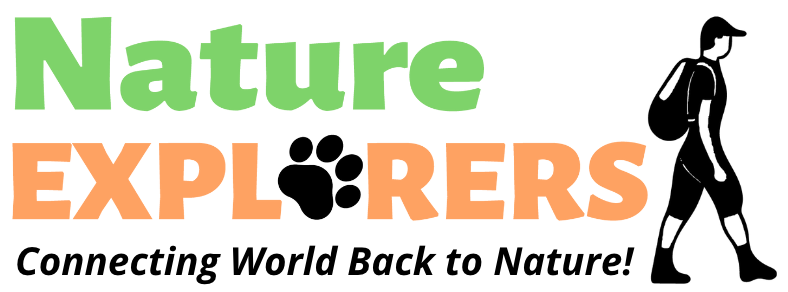29 Jul eBirding
Birding around Mumbai offers a fascinating experience for nature enthusiasts, providing them with a chance to explore the enthralling world of avians. As a popular recreational activity, birdwatching attracts urban dwellers who spend their weekends observing birds in their backyards or venturing to far-off places. With the rising interest in birding, numerous Facebook groups of birders have emerged across India, where like-minded individuals come together to embark on birding trails, identify various bird species, and capture them through photography.
However, amidst the excitement of birding, many avid birders often encounter confusion regarding the purpose and usage of a valuable tool called eBird. To address these queries, Nature Explorers India conducted a virtual ‘Introduction to eBird’ workshop, which I had the privilege of attending. The workshop was skillfully led by Mr. Prathamesh Desai, an expert naturalist who has been immersed in birding since 2010. He holds the prestigious title of an eBird reviewer, and his dedication to bird observation has earned him awards and recognition.
At the onset of the workshop, Mr. Prathamesh provided a comprehensive explanation of eBird – an online database of bird observations that serves as a valuable resource for scientists, researchers, and amateur naturalists. This platform offers real-time data on bird distribution, which aids in monitoring and understanding avian populations and migration patterns.
The workshop progressed into a practical demonstration of the eBird website and its diverse features. Step by step, participants were guided through the process of creating an account, submitting checklists, and identifying ideal birding locations. The session was engaging and interactive, with Mr. Prathamesh ensuring that every participant grasped the concepts by providing live examples.
My key takeaways from the workshop were invaluable:
Understanding the process of submitting a checklist, enabling me to contribute my bird sightings to the global database.
Learning how to explore data on eBird using hotspot maps, bar-charts, and other tools, empowering me to analyze and interpret bird distribution information effectively.
Discovering the “My eBird” tab, which serves as a personalized profile showcasing my birding achievements, including the number of species observed and the quantity of submitted photos and audio clips.
In the final segment of the workshop, participants had the opportunity to ask questions, and the naturalist emphasized the credibility and validity of data available on the eBird website. Mr. Prathamesh generously shared additional resources to further enhance our birding knowledge.
The session left me well-informed and motivated. Immediately after the workshop, I created my eBird account, eager to contribute my findings to this global data repository of birds. As both an avid birder and an amateur, I wholeheartedly recommend attending this workshop to fellow bird enthusiasts. we not only expand our knowledge of birds but also actively participate in a citizen science initiative that aids in the conservation and understanding of avian life. So, if given the opportunity, do not hesitate to participate in this enriching workshop.
Happy birding!
Blog Credits
HIMANI GUPTA

